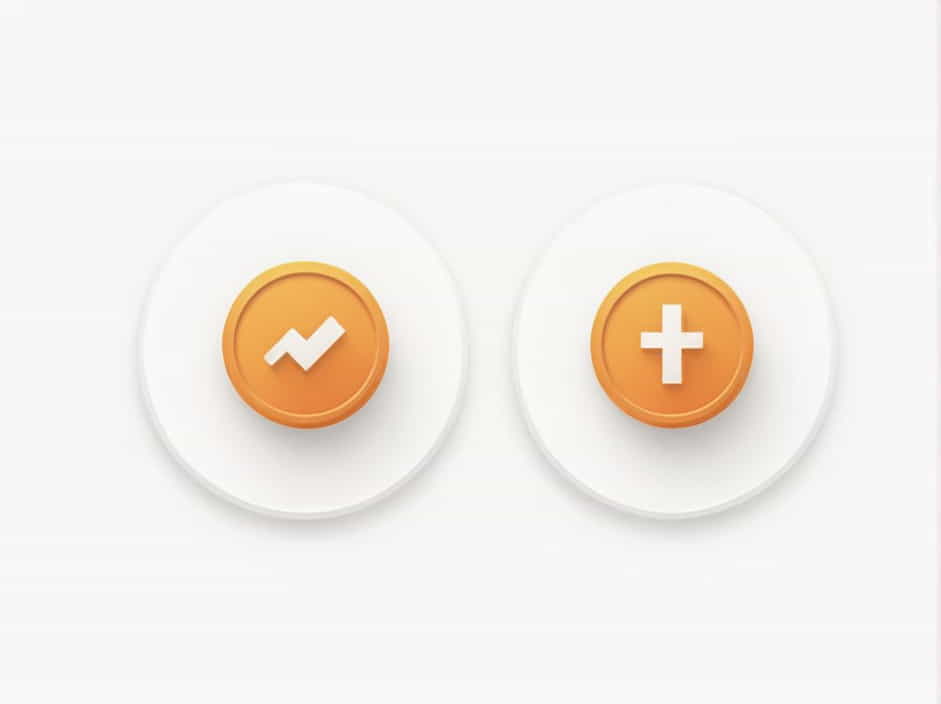In macroeconomics, two important concepts that indicate the health of an economy are the inflationary gap and the deflationary gap. These terms describe the difference between actual output and potential output in an economy.
An inflationary gap occurs when demand exceeds an economy’s capacity, leading to rising prices. In contrast, a deflationary gap happens when demand is lower than the economy’s potential, causing unemployment and slow growth.
Understanding these gaps helps policymakers make better decisions to maintain economic stability.
What Is an Inflationary Gap?
An inflationary gap happens when an economy’s real GDP (Gross Domestic Product) exceeds its potential GDP. This means that demand for goods and services is greater than the economy’s ability to produce them, leading to inflation.
Causes of an Inflationary Gap
Several factors contribute to an inflationary gap, including:
- Increased Consumer Spending – When people have more disposable income, demand rises, pushing prices up.
- Higher Government Spending – Large public expenditures, such as stimulus packages, increase total demand.
- Low Interest Rates – When borrowing is cheap, consumers and businesses spend more.
- Rising Exports – High foreign demand for a country’s goods increases overall demand.
- Speculative Investments – Stock market or real estate booms drive excessive spending.
Effects of an Inflationary Gap
- Rising Prices (Inflation) – Excess demand causes businesses to increase prices.
- Wage Growth – Workers demand higher wages to keep up with rising living costs.
- Asset Bubbles – Excess money leads to rapid price increases in real estate and stock markets.
- Declining Purchasing Power – High inflation reduces the value of money.
How to Control an Inflationary Gap
Governments and central banks use several tools to reduce an inflationary gap:
- Increase Interest Rates – Raising borrowing costs slows down excessive spending.
- Reduce Government Spending – Cutting public expenditures lowers total demand.
- Increase Taxes – Higher taxes reduce disposable income, limiting consumer spending.
- Supply-Side Policies – Improving production efficiency helps meet demand without price increases.
What Is a Deflationary Gap?
A deflationary gap occurs when an economy’s real GDP is lower than its potential GDP. This means there is not enough demand for goods and services, leading to unemployment and economic stagnation.
Causes of a Deflationary Gap
- Declining Consumer Spending – Economic uncertainty makes people save more and spend less.
- Reduced Business Investment – Companies cut back on spending due to low demand.
- High Interest Rates – Expensive borrowing discourages spending and investment.
- Government Austerity Measures – Spending cuts reduce total demand.
- Weak Global Demand – Slow economic growth in trading partners affects exports.
Effects of a Deflationary Gap
- High Unemployment – Businesses cut jobs due to weak demand.
- Falling Prices (Deflation) – Lower demand forces businesses to reduce prices.
- Lower Wages – Companies struggle to afford higher salaries.
- Reduced Economic Growth – Slow demand leads to reduced investment and production.
How to Address a Deflationary Gap
Policymakers use several strategies to close a deflationary gap:
- Lower Interest Rates – Making borrowing cheaper encourages spending.
- Increase Government Spending – Public investments boost demand.
- Tax Cuts – Reducing taxes increases disposable income.
- Monetary Expansion – Printing more money stimulates economic activity.
Comparison: Inflationary Gap vs. Deflationary Gap
| Feature | Inflationary Gap | Deflationary Gap |
|---|---|---|
| GDP vs. Potential Output | Above potential GDP | Below potential GDP |
| Effect on Prices | Increases prices (inflation) | Decreases prices (deflation) |
| Effect on Employment | Low unemployment, labor shortages | High unemployment, layoffs |
| Cause | Excess demand | Insufficient demand |
| Government Response | Reduce demand (higher taxes, interest rates) | Stimulate demand (lower taxes, spending) |
The inflationary gap and deflationary gap are key indicators of economic imbalances. An inflationary gap results in rising prices and overheating markets, while a deflationary gap causes unemployment and slow growth.
Governments and central banks must carefully monitor these gaps and implement the right policies to maintain economic stability, full employment, and controlled inflation.
